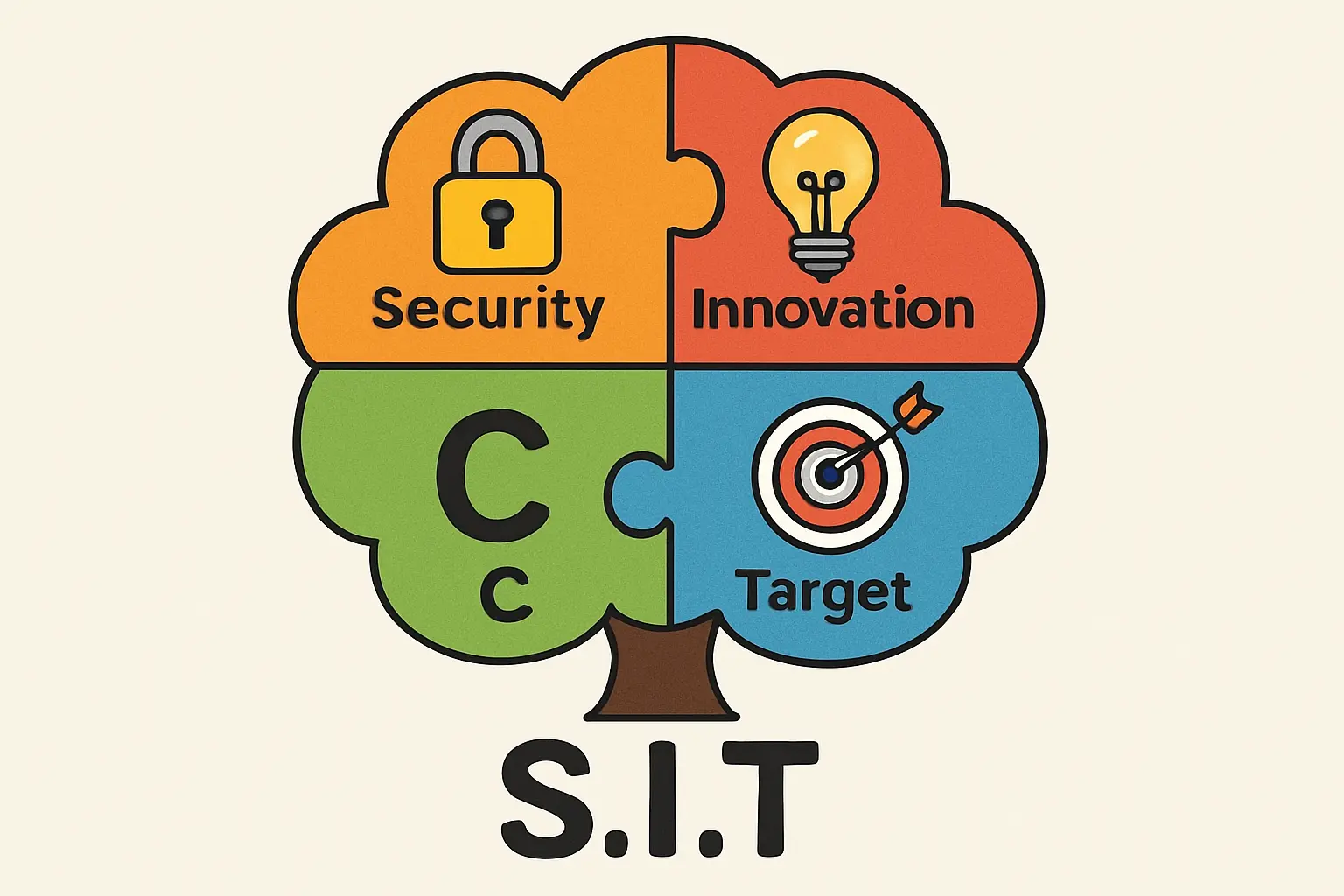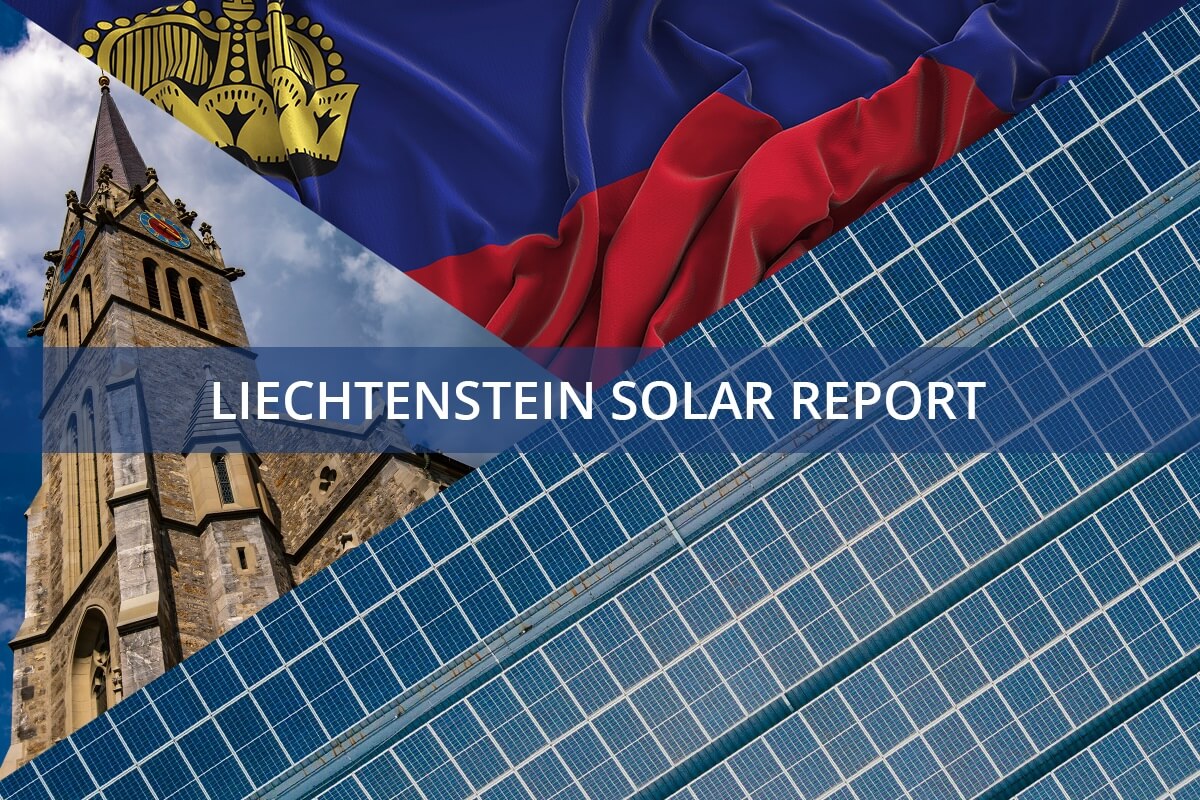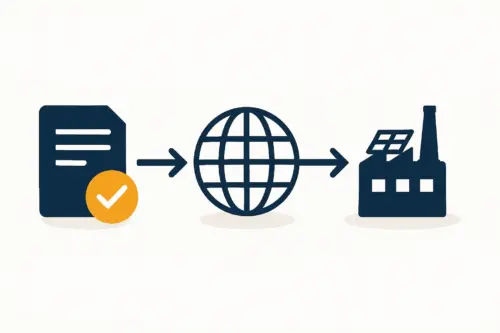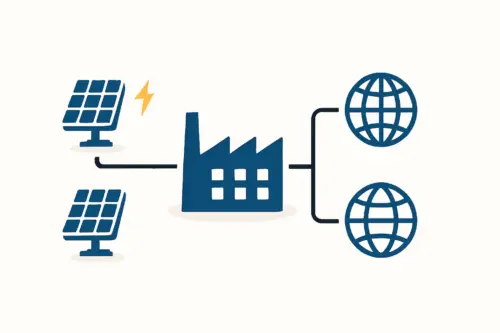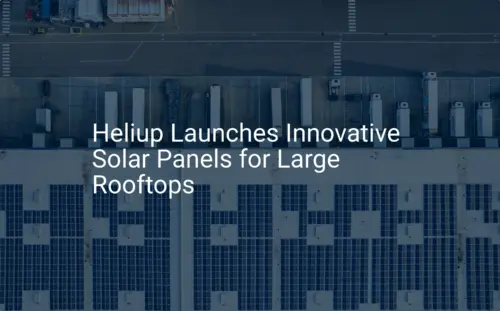Investors eyeing a stable, high-value jurisdiction like Liechtenstein often focus on financial and market advantages. But establishing a successful industrial facility, such as a solar module factory, requires more than capital—it demands a deep understanding of the local regulatory environment.
Assuming a straightforward business plan is enough can lead to significant delays and unforeseen costs. In a principality known for its precision, the administrative process for industrial permitting is, unsurprisingly, just as meticulous.
This guide provides a step-by-step overview of the industrial permitting and environmental compliance process in Liechtenstein. It outlines the necessary stages, key authorities, and critical considerations for business professionals planning to enter the solar manufacturing sector. Understanding this framework is the first step toward building a compliant and sustainable enterprise, ensuring a smoother journey from concept to operation.
The Dual-Key System: Liechtenstein’s Regulatory Framework
The permitting process in Liechtenstein is best understood as a ‘dual-key’ system, where two primary government bodies hold the authority for approvals. An investor must satisfy the requirements of both to proceed.
The Office for Construction and Infrastructure (Amt für Bau und Infrastruktur – ABI): This body is responsible for all matters related to building law. It assesses whether a project complies with zoning regulations, building codes, safety standards, and land use plans. Its focus is on the factory’s physical structure.
The Office of Environment (Amt für Umwelt – AU): This office oversees compliance with Liechtenstein’s comprehensive Environmental Protection Act (Umweltschutzgesetz – USG). It evaluates the factory’s potential impact on air, water, soil, and noise levels, focusing on the operational processes and their environmental footprint.

A successful application requires a coordinated approach, addressing the distinct but overlapping requirements of both the ABI and the AU right from the earliest planning stages.
The Step-by-Step Permitting and Compliance Process
Based on experience from J.v.G. turnkey projects, the journey from initial inquiry to a fully permitted facility involves six distinct stages. A methodical approach is critical, as each step builds on the one before it.
Step 1: The Preliminary Inquiry (Bauvoranfrage)
Before committing significant resources to detailed architectural plans and environmental studies, an investor can submit a preliminary inquiry. This formal consultation with the ABI determines the fundamental feasibility of the proposed project at a specific location.
Ready to make big Profits?
The solar Industry is Booming
WE HELP NEWCOMERS to the solar industry start their own solar module production line. Customers can make BIG PROFITS by selling modules and finding investors, without wasting money and time on things they don't need!
Its objective is to receive a binding preliminary assessment on whether a solar module factory is permissible under current zoning laws for the chosen parcel of land. This step provides an early ‘go/no-go’ signal, helping to avoid costly mistakes down the line.
Step 2: Environmental Impact Assessment (EIA) Screening
For an industrial facility like a solar module factory, the Office of Environment (AU) will require an EIA screening. This is not a full, multi-year Environmental Impact Assessment but rather a preliminary review to determine the project’s potential environmental significance.
The screening assesses factors such as:
- Use and storage of chemicals (e.g., for cleaning and etching).
- Water consumption and wastewater treatment.
- Energy consumption.
- Waste generation (e.g., broken glass, EVA trim, silicon dust).
- Potential for air and noise emissions.
If the screening determines the impact is potentially significant, a more detailed assessment may be required. Proper planning, which includes specifying modern, low-impact key machinery for solar module production, can often streamline this stage.
Step 3: The Formal Building Permit Application (Baugesuch)
This comprehensive application is submitted to the ABI. It is a detailed dossier containing everything required to assess the project against Liechtenstein’s Building Act (Baugesetz – BauG).
Key documents typically include:
- Detailed architectural and engineering drawings.
- A site plan showing building placement, access roads, and landscaping.
- A technical report describing the construction materials and methods.
- Proof of compliance with energy efficiency standards.
- The results of the EIA screening and any required environmental reports for the AU.
A thorough and professionally prepared factory layout and design is crucial for the application’s success.
Step 4: Public Consultation and Objection Period
As is common in Central Europe, once the formal application is deemed complete, it is made public for a set period, typically 30 days. During this time, affected parties, such as neighboring property owners or environmental groups, have the right to review the plans and lodge formal objections. Proactive communication and a well-designed project that minimizes local impact are the best ways to navigate this phase successfully.
Step 5: Securing the Operational Permit (Betriebsbewilligung)
Once the building permit is secured, construction can begin. However, to start manufacturing, a separate Operational Permit from the AU is required. This permit focuses entirely on the industrial processes inside the factory.
The application for this permit must detail:
- Waste management and recycling protocols.
- Chemical storage and handling safety procedures.
- Emergency response plans.
- Workplace safety and employee health measures.
- Systems for monitoring emissions and effluent.
This permit legally authorizes the company to produce solar modules and is contingent upon the facility being built exactly as specified in the approved plans.
Step 6: Ongoing Compliance and Audits
Regulatory approval is not a one-time event. The Office of Environment conducts periodic audits to ensure the factory continues to operate within the parameters of its permit. This requires meticulous record-keeping of waste disposal, chemical usage, and emissions data. Maintaining compliance is an ongoing operational responsibility.
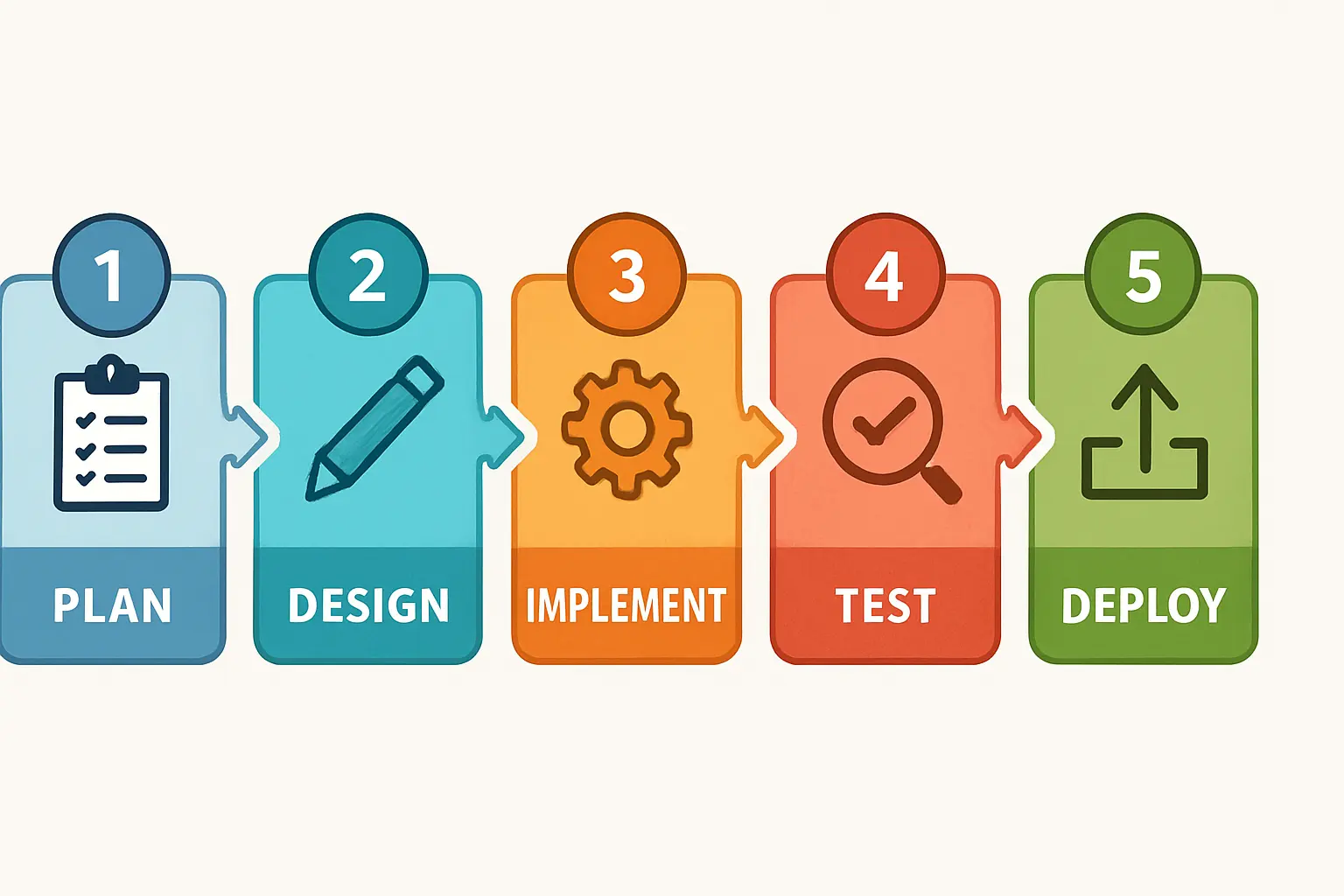
Common Challenges and How to Prepare
While Liechtenstein’s framework is clear, investors from outside the region may encounter certain challenges.
-
Documentation Rigor: The level of detail required in applications is exceptionally high. Vague or incomplete submissions are the most common cause of delays.
-
Integrated Planning: Environmental and construction planning must be integrated from day one, not handled sequentially. For example, the design of the wastewater treatment system (an environmental issue) directly impacts the building’s foundation and plumbing schematics (a construction issue).
-
Timeline Expectations: An optimistic timeline can be a project’s biggest risk. A realistic estimate for the entire permitting process, from preliminary inquiry to receiving the operational permit, is typically 12 to 18 months, assuming no major objections or complications.
For a comprehensive overview of project stages, from initial market research to full-scale production, investors may find it useful to consult a foundational guide on how to start a solar factory.
Frequently Asked Questions (FAQ)
What are the main environmental concerns for a solar factory in this context?
The primary concerns for the AU are the management of process chemicals, treatment of industrial wastewater, disposal of solid waste (especially laminated glass and polymers), and ensuring air quality is not impacted by soldering or lamination processes.
Is knowledge of German necessary for the application process?
All official documentation must be submitted in German. While day-to-day communication can often be managed in English, engaging local architects, engineers, and legal counsel fluent in German and familiar with the administrative culture is essential for an efficient process.
Are there specific industrial zones designated for this type of factory?
Yes, Liechtenstein has designated industrial zones where facilities like a solar module factory are permitted. The Preliminary Inquiry (Step 1) is the formal process to confirm that a specific plot of land is correctly zoned for industrial use.
How does this process compare to other European countries?
The process is similar in principle to those in Switzerland and Austria, reflecting a shared administrative heritage. It is generally considered more streamlined and efficient than in larger jurisdictions like Germany, but maintains equally high standards for environmental and building quality.
What are the typical investment requirements associated with compliance?
While this varies, investors should budget for costs related to specialized consultants, detailed environmental studies, and potentially higher-grade building materials or equipment to meet energy efficiency and environmental standards. These costs are part of the overall investment requirements for a solar factory and should be factored into the initial business plan.
Conclusion: A Pathway of Precision
The industrial permitting and environmental compliance process in Liechtenstein is rigorous, detailed, and unyielding in its standards. For an investor, this should not be seen as a barrier but as a framework for quality and long-term stability. This process ensures that new industrial projects contribute positively to the local economy while upholding the environmental values central to the principality’s identity.
By understanding these steps, preparing meticulously, and engaging the right local expertise, entrepreneurs can confidently navigate the path to establishing a state-of-the-art solar module factory. A well-planned approach transforms this complex regulatory journey from a potential obstacle into a clear path to a successful launch.
